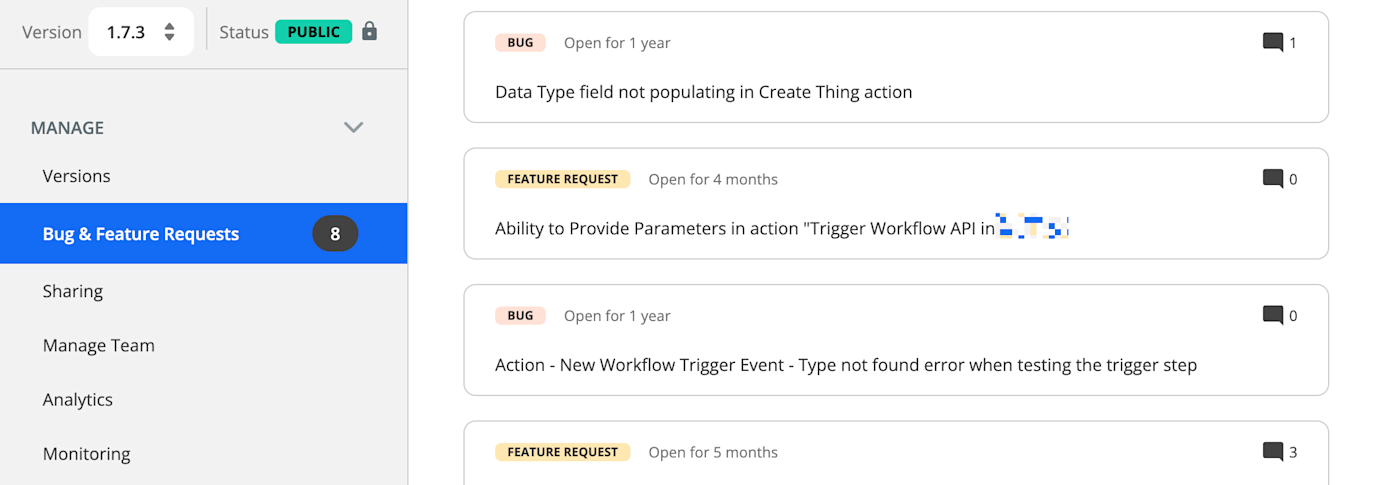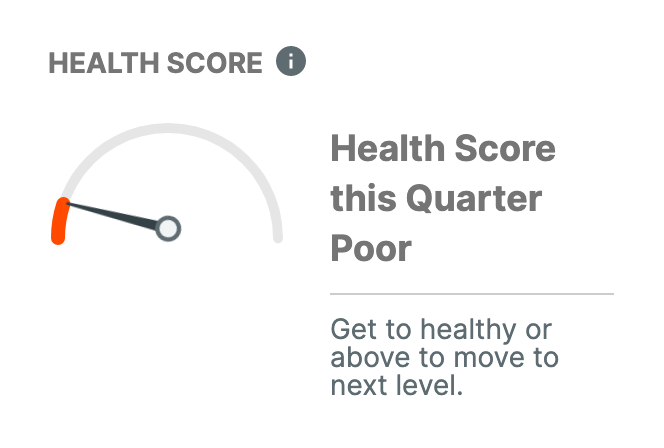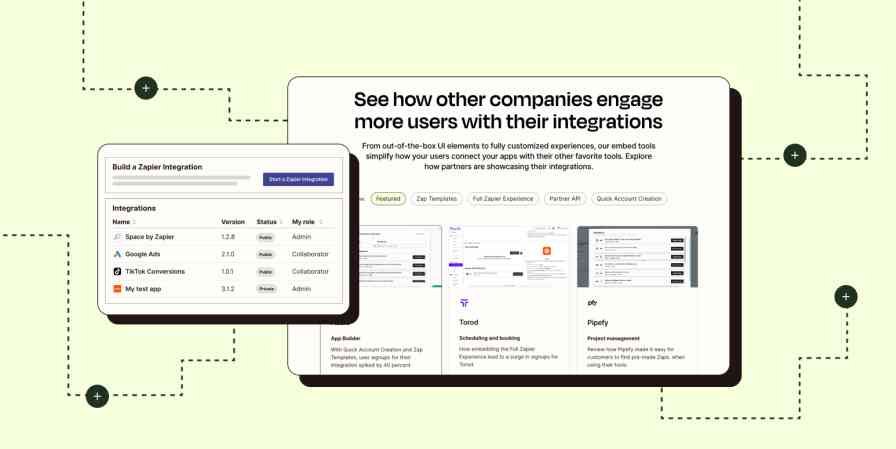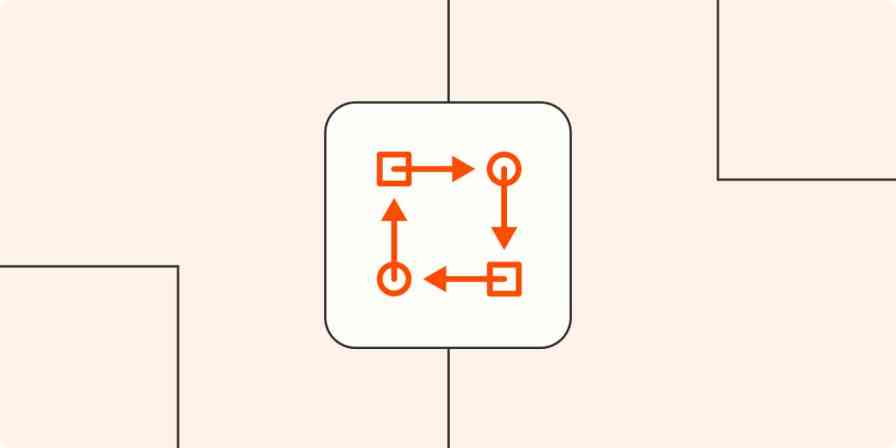Every integration is a work in progress.
Yet dedicating resources to improving it is crucial. That's because the more your users rely on a bug-free, quality integration, the more essential your product is to your users' workflows. This, in turn, sets you up in a big way to reduce churn, drive account upgrades, and increase lifetime value.
So how do you go about improving integration quality? In a nutshell, you should be looking at the open bugs and feature requests your users submit. Whether a user has an idea for a new trigger that would help them save hours of manual work, or one of your Zap actions isn't running the way it's expected to work, it's down to you and your team to meet your users' needs.
Here are four ways to help you develop and maintain a powerful, bug-free integration.
1. Respond to comments inside your dashboard

Users often let us know when they've come across a bug or think of a new feature they'd like to see. After they send these to the Zapier support team, we log the details inside Zapier's issue tracker, which you can see on the Bug & Feature Requests page in the Manage section of your integration’s sidebar. (That's inside your Partner Program Dashboard.)
Problems and issues with your integration, authentication, API calls, and more will be logged as a bug, while new functionalities users want to see in your integration are logged as a feature request.
We log all requests and issues in order of priority. When you click into an issue, you'll see a history log of comments from the Zapier team with more context around the problem or request. You'll also be able to see the number of affected users, giving you some idea of how many people it's impacting.

We always try to give you as much context as possible so you know exactly what to fix. By replying to the Zapier team in the comments section (or to the notification email), you can ask for more follow-up information and keep us updated—that way, we can keep affected users in the loop.

This is also a great way to document each issue's progress and history, especially if it's something you or your team need to come back to at a later date.
2. Understand how your health score is calculated

Your health score gives you a detailed summary of how your integration is performing. Think of it as a status report that lets you know exactly where you need to apply your resources.
Knowing how your health score is calculated is also handy, as it lets you see how each issue or request is prioritized. We base your score on both the number of bugs and feature requests your integration has, and how responsive your team is to resolving them.
That said, features and issues don't always carry the same weight. Some feature requests and bugs impact your score more than others.
Why? For example, a feature request with 150 users behind it will impact your health score more than a feature request with one—which is why we list them out in order of priority on your dashboard: So you can address those that will benefit you and your users most first.
3. Set up time to make regular bug fixes
No one likes a buggy integration. And leaving them unaddressed can imply that quality isn't important to you and your team. Prioritizing fixes on a regular basis, even if it's an hour or so a week, can do wonders for customer satisfaction. If your users are consistently disappointed when they can't build a workflow, you run the risk of higher churn.
Plus, letting issues stack up inevitably creates a bottleneck that affects more and more of your customers as time goes on—and it will be more time-consuming to handle down the line. Fixing issues as users report them in real-time means your integration remains critical to your user's workflows, solidifies their trust, and boosts your chances of moving up tiers in the Zapier Partner Program.
After all, one or two affected users for a few days is far better than hundreds over the course of a few months. Allocating ongoing resources to maintain your Zapier integration will help you avoid surprise work or gaps in functionality along the way.
4. Roll sought-after features into your product roadmap
Customer feedback is a goldmine of inspiration for product teams. It helps them prioritize the features they should focus on, with the added bonus of knowing the end result will be successful. If your developer resources are limited, work first on the features that will delight a big chunk of your users.
A lot of the time, your users will inspire you with ideas for new triggers and actions well before you think of them. Go through your list of requests and let your product team know so they can incorporate them into their roadmap. It's a quick-and-easy way to cut through the clutter, reduce time-consuming research, and delight your users.
Bonus tip: Once you've rolled out a new feature, you can create new Zap Templates to inspire use cases, and announce your latest updates in a blog post or dedicated email.
Planning ahead as a team
It's no secret that at Zapier, we think maintaining your integration should be a team sport.
Whether you're a developer, product manager, or a marketer, you can work together as a team to boost your integration's health. Applying these tips—even if it's a little bit each day—can help you increase customer satisfaction and build a better product.
Have a team member who you think would benefit from seeing your integration's health, including bugs and feature requests? Add them as a collaborator and give them "view-only" access to your integration.
Planning the rollout of new features ahead of time (with your users in mind), and incorporating fixes into your team's daily schedule is the best way to start.





